Product Description
Nodding Onion - Allium cernuum
When planning your summer garden or livening up your landscape, consider planting the graceful nodding onion. Also known as lady's leek or flowering onion, this lovely plant's scientific name is Allium cernuum. The nodding onion is a native North American plant that can be found growing in sunny areas with dry soil in USD zones 4-9. They get their name from how the scapes bend down just below the umbel in a nod. The cluster of flowers resembles a tiny exploding firework in colors ranging from white to pink or pale lavender. The bulb of the nodding onion is edible but very bitter, which helps deter pests. They grow in the wild but are very happy when planted in the nutritious soil of your border garden or flower bed.
Benefits of Planting Nodding Onion
Nodding onion is easy to grow in almost any soil type and is drought-resistant. Nodding onions are low-maintenance and easy to care for, making them the perfect choice for beginning gardeners. They thrive in a variety of soil and light conditions. Bees are fond of it, so it makes an excellent pollinator. It provides a wildlife habitat that supports helpful bugs, birds, and other pollinators. The bitter taste makes it resistant to deer and other garden pests that like to nibble on plants. Nodding onion thrives in sunny to partly sunny locations. It's easy to care for, and because it's a perennial, it will come back year after year to provide your garden with blooming beauty from mid-summer to early fall. After the flowers are spent at the end of the season, they can be mulched to make garden clean-up easy.
Where to Plant Nodding Onion
The nodding onion is a native plant in most parts of North America. The nodding onion will thrive in your garden if you live in growing zones 4-9 (or any of the green states on the USDA map). The plants don't grow more than 2 feet tall, so they're perfect for rock, border, container, and sunny pollinator gardens. For the best aesthetic effect, plant nodding onion in groups of three or more. Small plants always look best when planted in groups in larger gardens. As companion plants, consider planting nodding onion alongside coreopsis (tickseed), bee balm, or butterfly weed. If you choose the wrong spot for your nodding onion, no worries. They're easy to transplant by digging them up, including the roots, and planting them in a more suitable location in the fall or spring.
How to Plant Nodding Onion
You can grow nodding onion from seed, offsets from the plant, or transplants available at your local nursery. If the seeds have been cold stratified (exposed to cold, moist conditions to aid germination), they can be planted in pots or gardens in the spring. Transfer the seedlings into their own prepared 2-4 inch pots when they are a few inches tall. Fill the pots with high-quality, moist potting soil. Make sure the pots drain well. If necessary, poke holes in the bottom of them with a pencil or stick. Place the pots in a sunny area that is protected from the wind. Once the plants are established, they can be transferred to your garden in the spring or fall. To grow nodding onions from offsets, separate them from the parent plant in the fall and plant the offsets in about 3-inch-deep soil. Nodding onion may be hard to find in big box nurseries, so be sure to keep the seeds. They produce hundreds of seeds after the growing season. Pinch off a flower head and release the seeds by shaking it over a cup. Place them in the refrigerator or an unheated basement or garage to "winterize" them for 60 days.
Caring for Nodding Onion
Nodding onions are low-maintenance and easy to care for, making them the perfect choice for beginning gardeners. They thrive in a variety of soil and light conditions. Just make sure you don't plant them in full shade; they need full to part sun. Nodding onions grow best in soil with a pH of 6.0 to 7.0, but they will tolerate alkaline, clay, or rocky soil. Remember—they can easily be transplanted if you choose the wrong spot. Nodding onions don't need fertilization, and they only need supplemental watering if you experience drought for more than two weeks.
Nodding Onion ships as a rooted plug.

 Native Ferns
Native Ferns
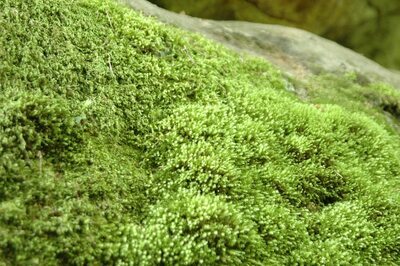 Native Mosses
Native Mosses
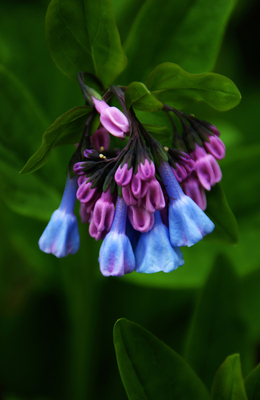 Native Perennials
Native Perennials
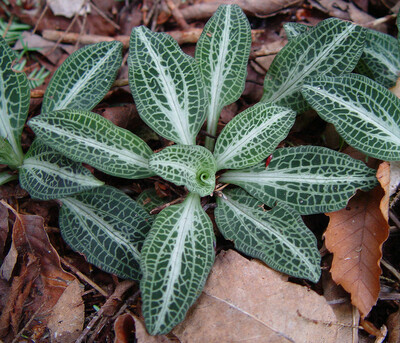 Native Ground Covers
Native Ground Covers
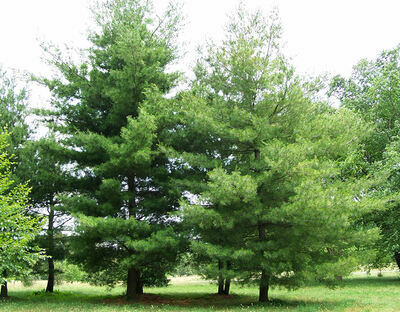 Native Trees
Native Trees
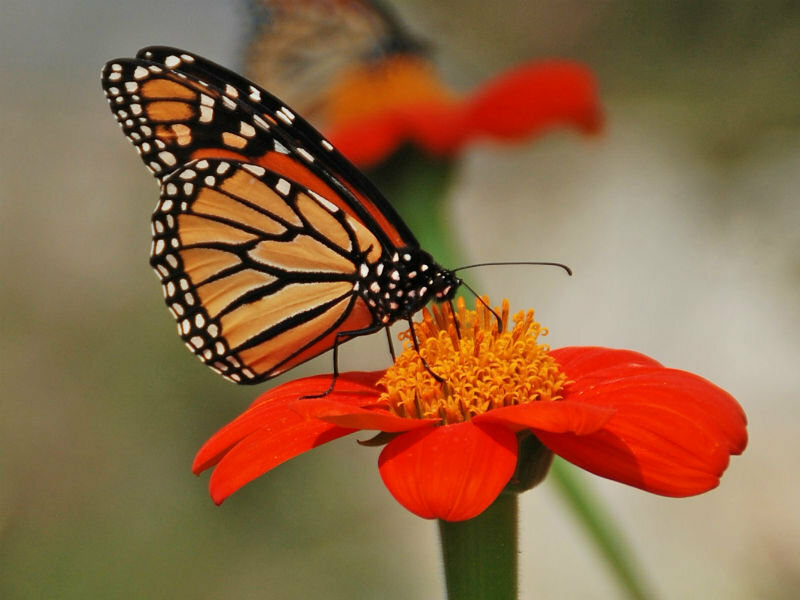 Pollinators
Pollinators
 Shop Bloom Color
Shop Bloom Color
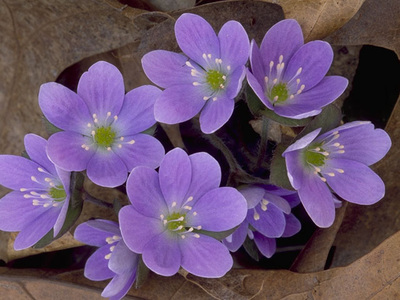 Perennials By Zone
Perennials By Zone
 Medicinal Herb Plants
Medicinal Herb Plants
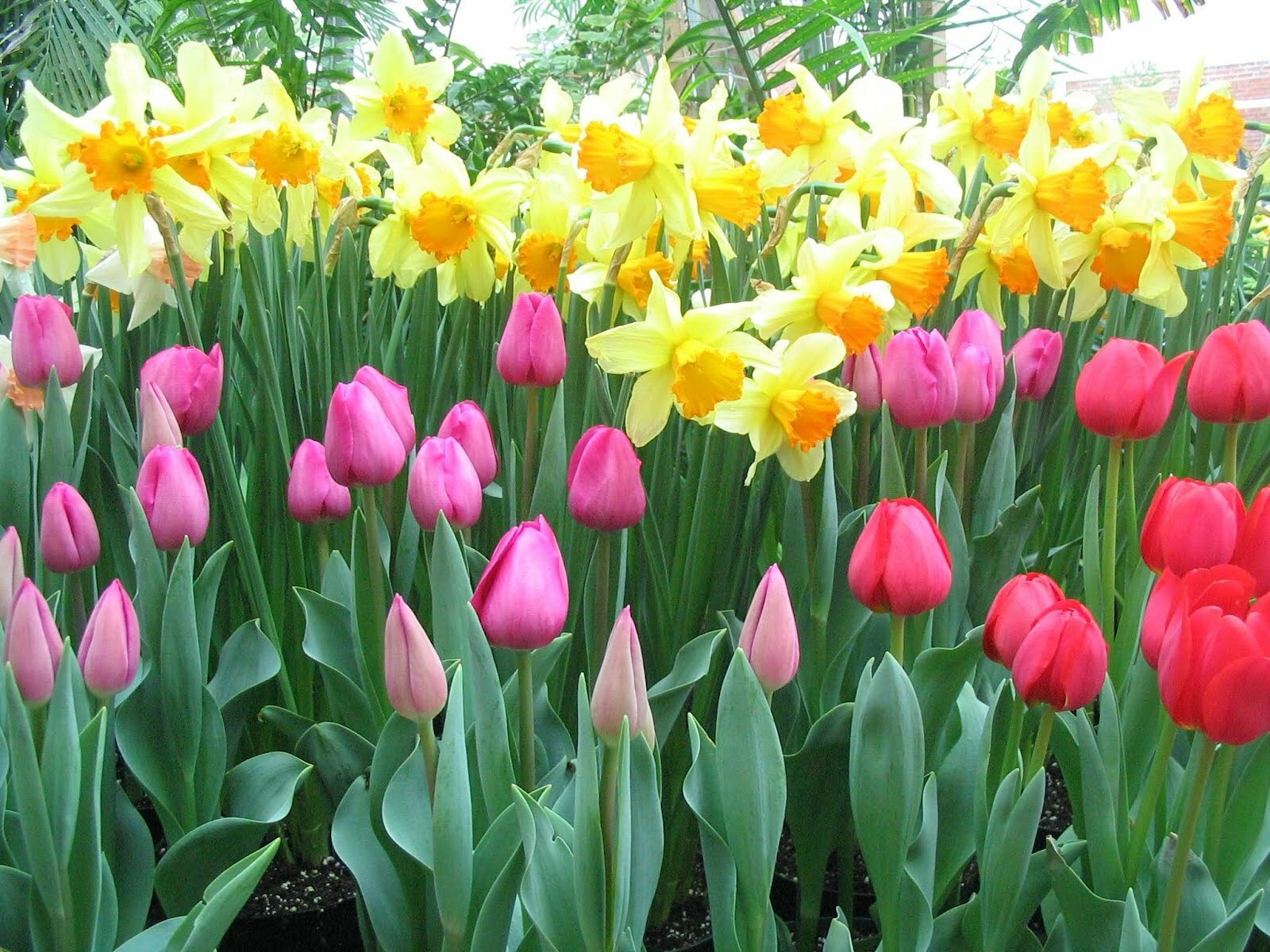 Spring Bulbs
Spring Bulbs
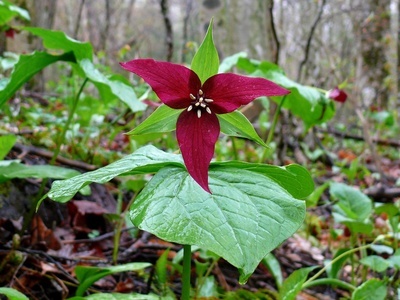 Trillium
Trillium
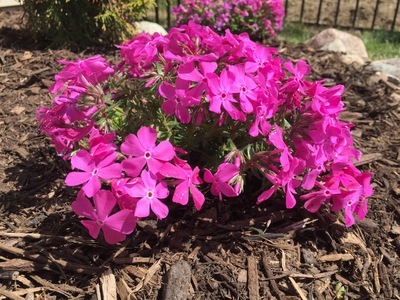 Shop By Zone
Shop By Zone
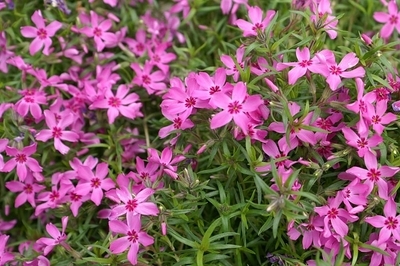 Flowering Groundcovers
Flowering Groundcovers
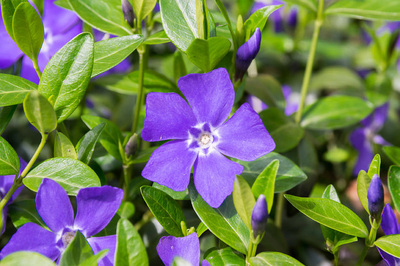 Evergreen Groundcovers
Evergreen Groundcovers
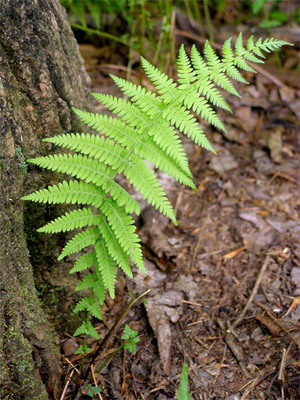 Ferns for Zone 3
Ferns for Zone 3
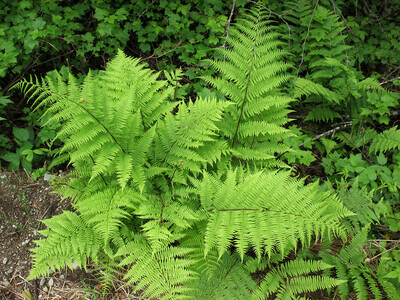 Ferns for Zone 4
Ferns for Zone 4
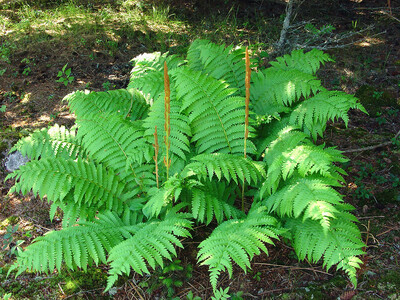 Ferns for Zone 5
Ferns for Zone 5
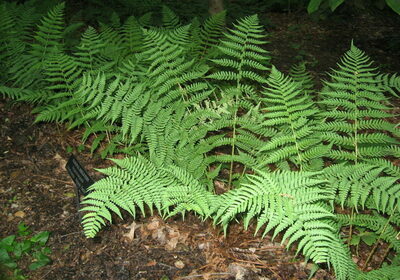 Ferns for Zone 6
Ferns for Zone 6
 Ferns for Zone 7
Ferns for Zone 7
 Ferns for Zone 8
Ferns for Zone 8
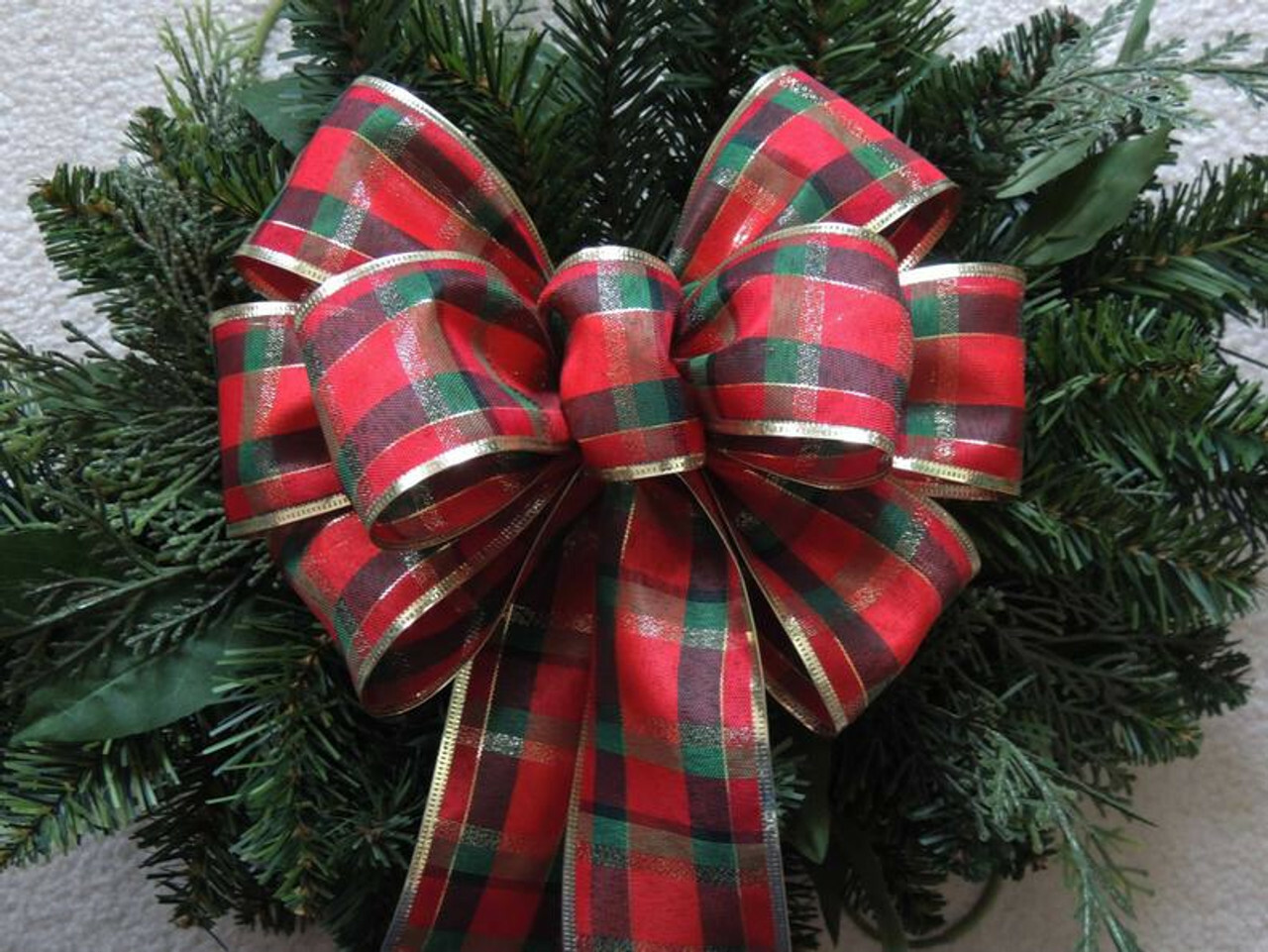 Christmas bows
Christmas bows
 Fresh Wreaths
Fresh Wreaths
 Garlands
Garlands
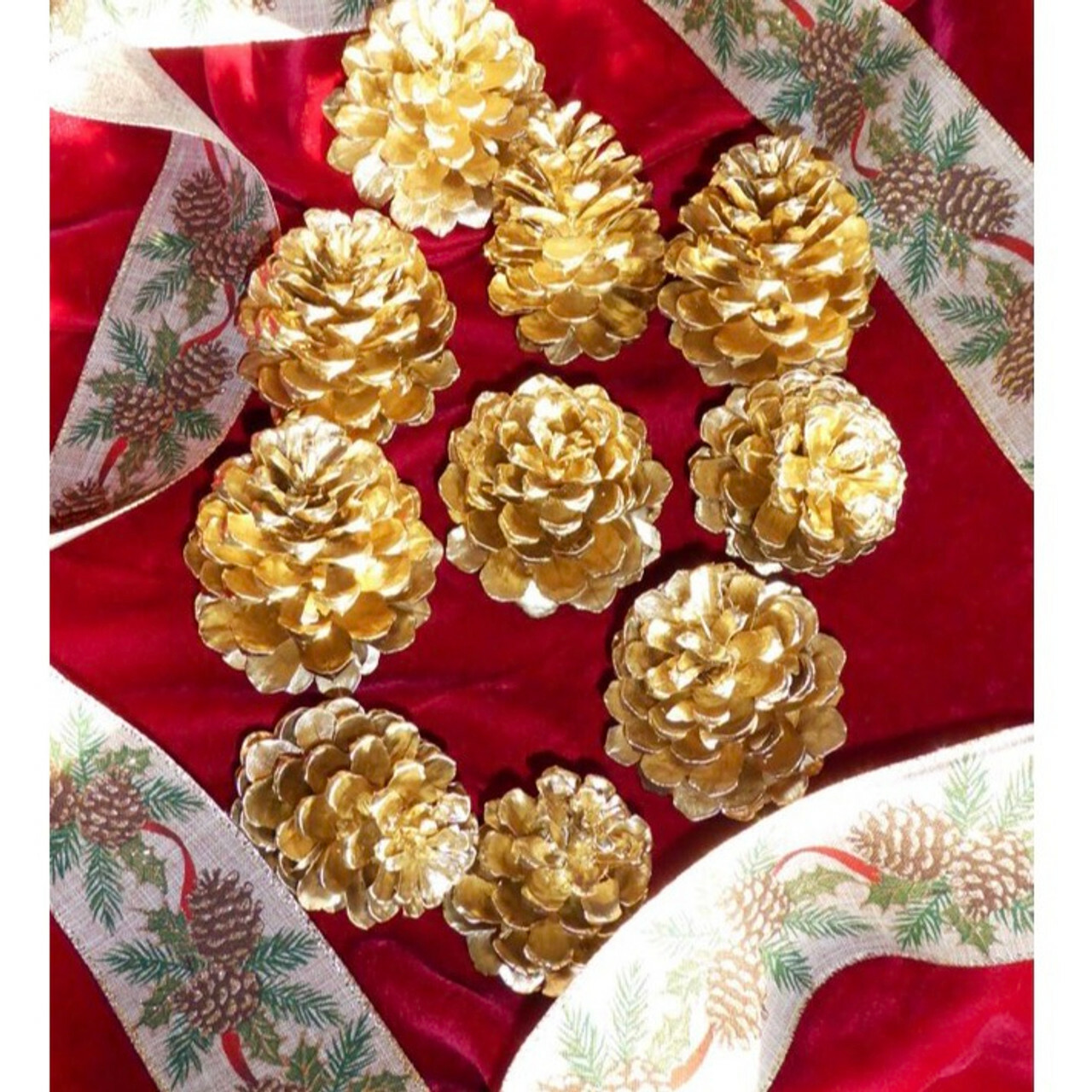 Large Pine Cones
Large Pine Cones
 Live Mistletoe
Live Mistletoe
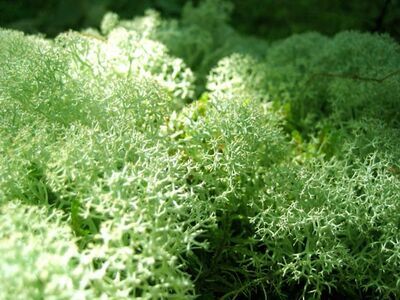 Moss
Moss
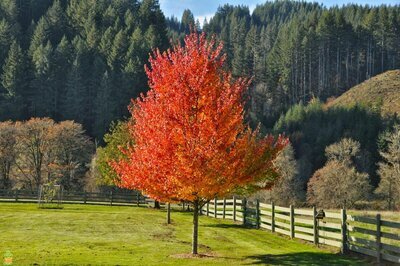 Shop Trees By Zone
Shop Trees By Zone
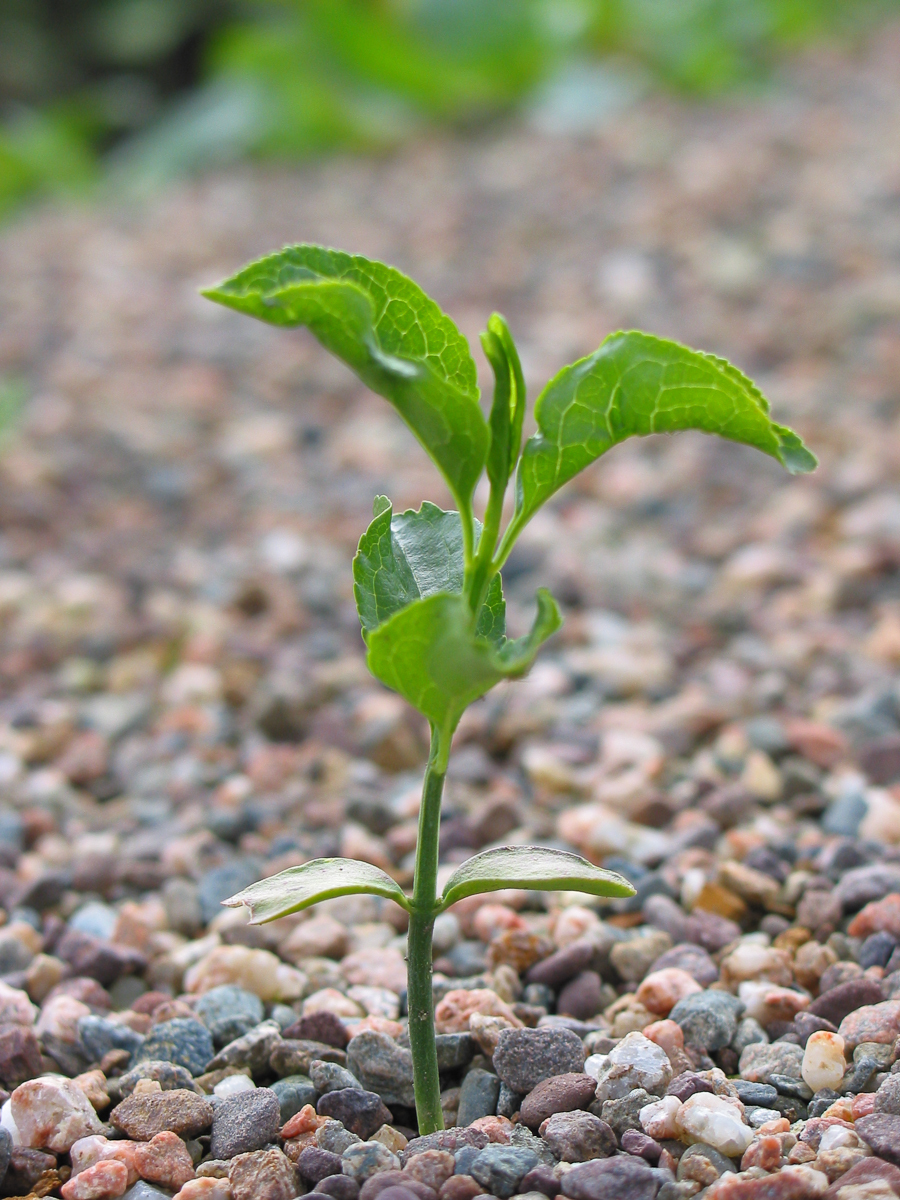 Tree Seedlings
Tree Seedlings
 Fast Growing Trees
Fast Growing Trees
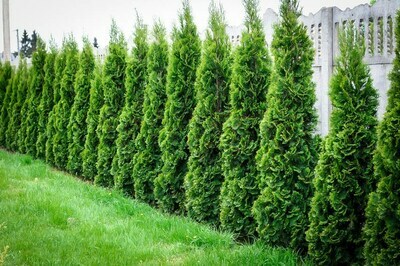 Pine Trees
Pine Trees
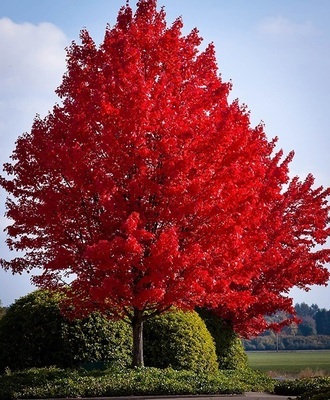 Live Stakes
Live Stakes
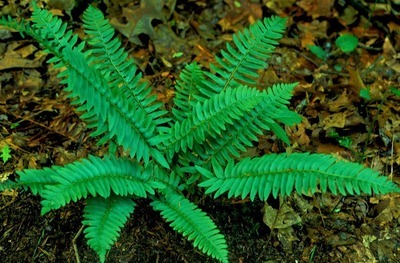 Evergreens
Evergreens
 Cactus
Cactus
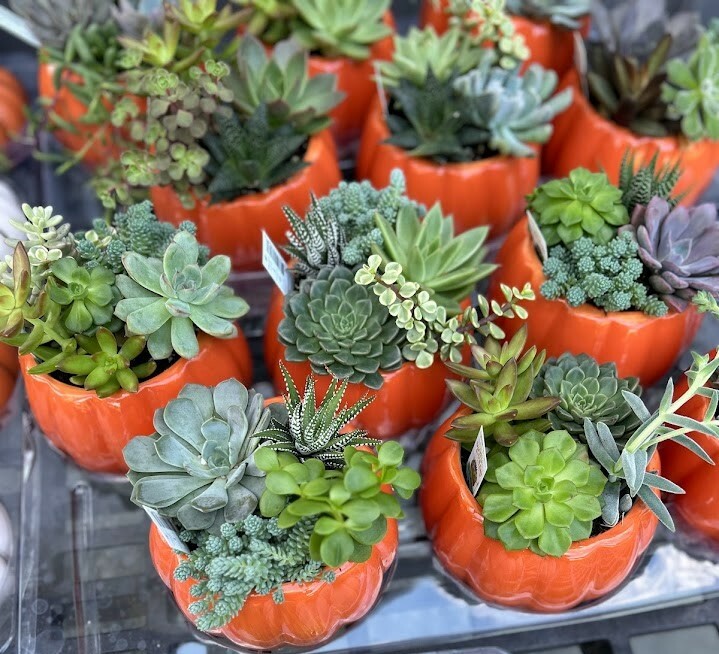 Combos
Combos
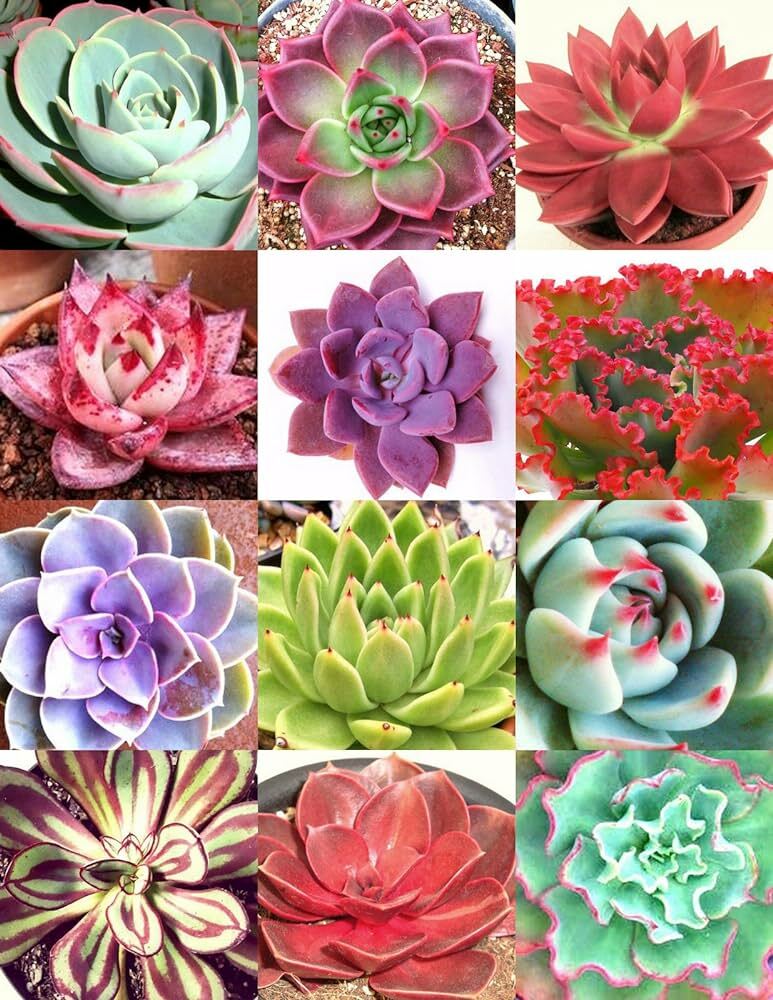 Echeveria
Echeveria
 Haworthia
Haworthia
 Sedum - Stonecrop
Sedum - Stonecrop



